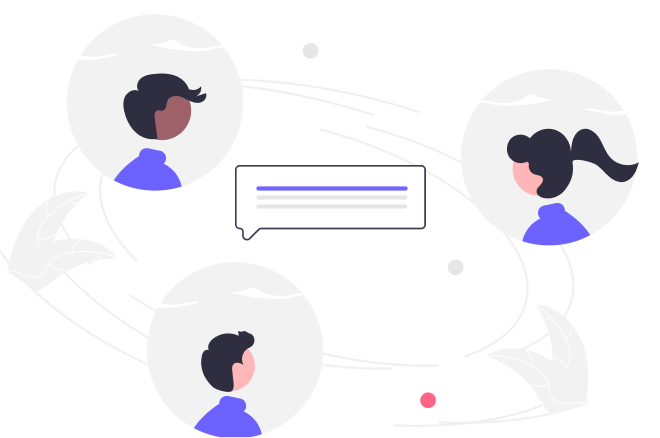This online instructor-led training course provides validation that, in addition to the knowledge and comprehension of TOGAF 9 Foundation, the candidate is able to analyze and apply this knowledge. The learning objectives at this level therefore focus on application and analysis in addition to knowledge and comprehension.



